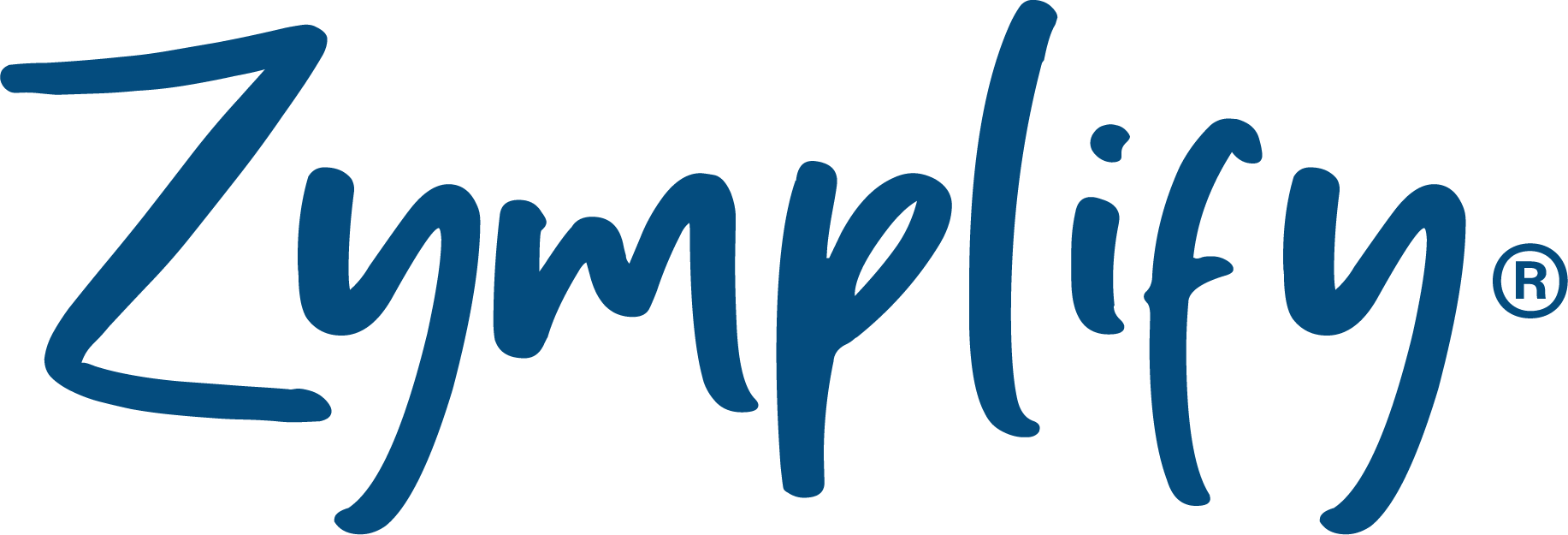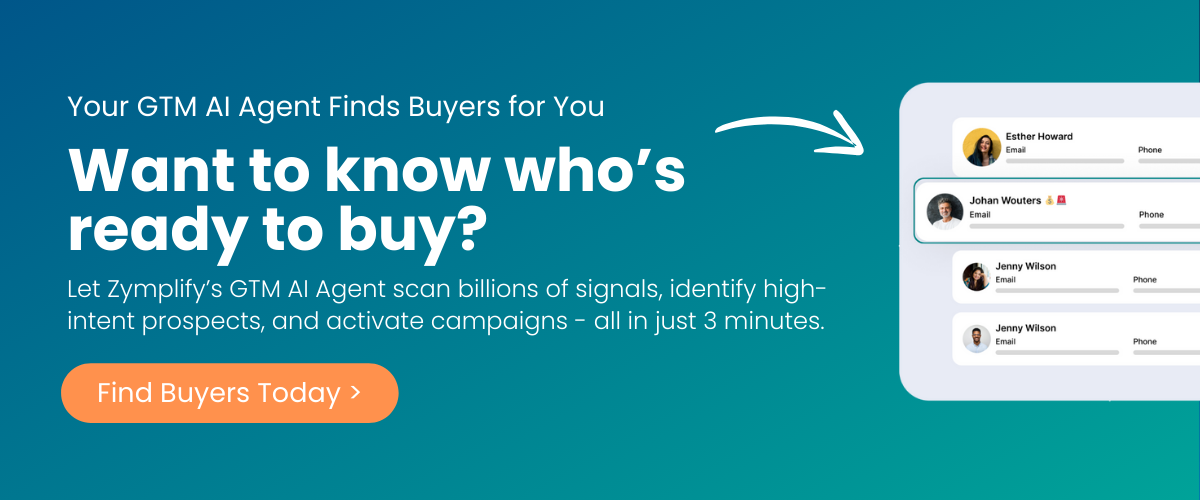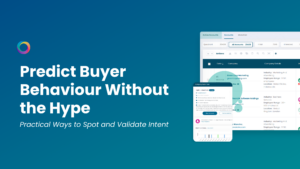The 3% Rule and the Challenge of Market Segmentation
Not every company in your target audience is ready to buy. In fact, only 3% of your total addressable market is actively searching for a solution at any given time. The rest fall into different segments:
- 7% are considering a change but need more convincing.
- 30% feel some pain but not enough to act.
- 30% don’t currently see a need.
- 30% aren’t interested at all.
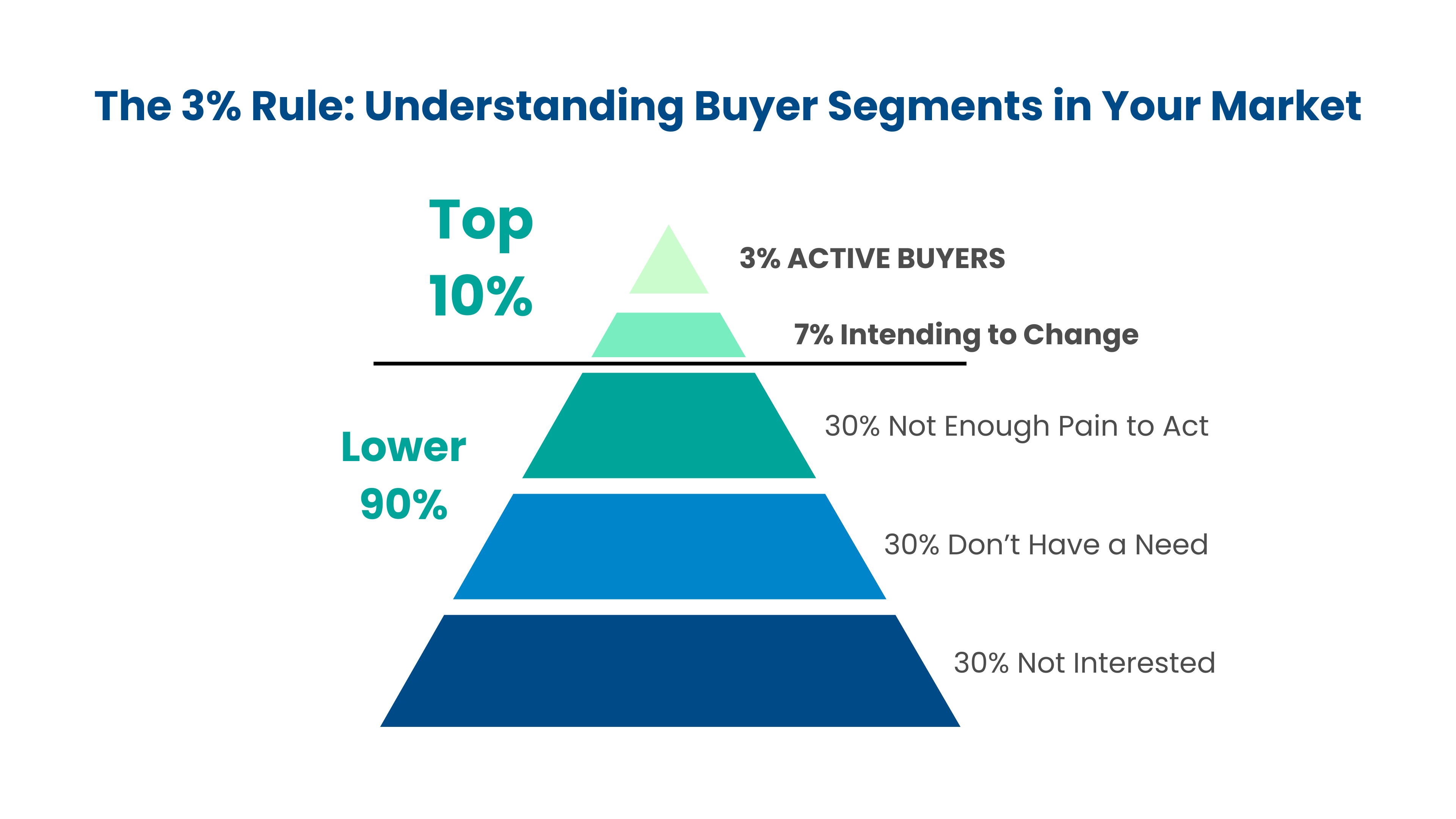
The challenge? Without precise insight, sales and marketing teams waste time and resources chasing prospects who aren’t ready to engage.
This is where AI agents transform go-to-market strategies. By continuously analysing real-time intent data, they can classify your audience into these segments, allowing you to prioritise high-intent buyers while nurturing the rest with relevant content and engagement.
The Challenge of Identifying Ready-to-Buy Prospects
Traditional market segmentation is manual, time-consuming, and often inaccurate. Marketing teams rely on static data, outdated assumptions, and broad persona targeting. This leads to inefficiencies, missed opportunities, and wasted ad spend.
With 90% of companies not yet in-market, it’s crucial to pinpoint those who are. AI agents handle this heavy lifting, completing in minutes what would take teams hours of manual research. By evaluating billions of intent signals in real time, AI agents instantly assess where each prospect is in the buying journey, ensuring marketing and sales efforts are laser-focused on the right opportunities.
Using AI to Evaluate Buyer Readiness – A Use Case
Zymplify’s AI-powered Go-To-Market (GTM) Agent leverages multiple data sources and advanced algorithms to identify and segment your market with precision. Here’s how it works:

Step 1: Intelligent Setup
It begins by analysing your website domain to automatically identify key competitors, relevant topics, and high-value keywords specific to your business.
✅ No manual setup required – The AI ensures you’re tracking the most impactful intent signals from the start.
✅ Customised tracking – It aligns with your ideal customer profile (ICP) to focus on the most relevant opportunities.
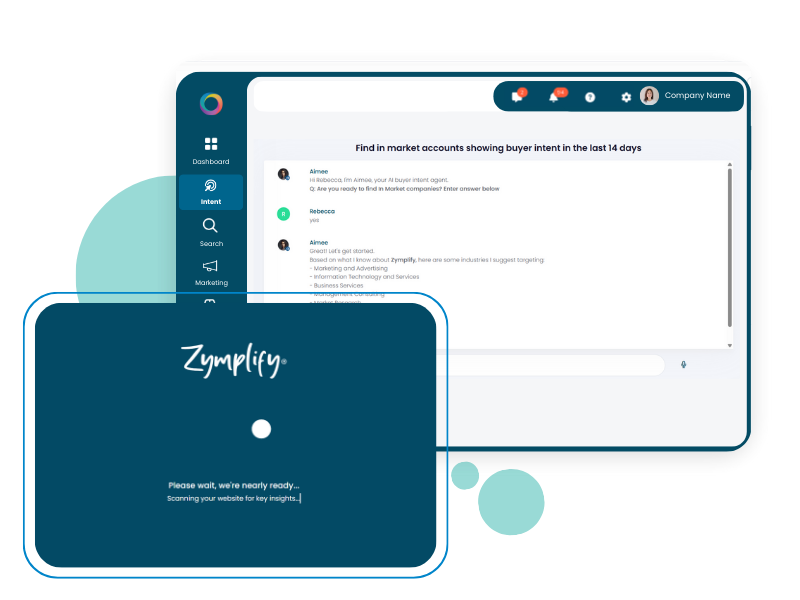
Step 2: AI-Driven Signal Scanning
AI agents continuously analyse billions of intent signals from over 20 sources, using advanced algorithms to uncover businesses actively showing buying intent.

✅ Website behaviour – Monitoring visits to pricing pages, product demos, and comparison articles.
✅ Search activity – Tracking keyword searches related to industry solutions.
✅ Content engagement – Identifying prospects interacting with relevant blogs, webinars, or whitepapers.
✅ Firmographic and technographic data – Understanding a company’s profile, technology stack, and growth trajectory.
Step 3: Identify & Activate

Once AI has segmented the market, it automatically prioritises high-intent companies and aligns marketing strategies accordingly.
✅ High-intent buyers are fed directly into sales workflows – ensuring fast and effective follow-ups.
✅ Mid-intent prospects receive targeted nurture campaigns – keeping them engaged until they’re ready to buy.
✅ Unqualified leads are filtered out – preventing wasted sales efforts and improving overall efficiency.
The Impact of AI-Driven Market Segmentation
Companies leveraging AI agents for buyer segmentation are seeing measurable benefits:
📌 Businesses using AI-driven segmentation see a 20-30% increase in conversion rates (McKinsey).
📌 AI-powered targeting improves sales productivity by up to 40% (Forrester).
📌 Companies that personalise marketing based on AI-driven insights generate 2X higher ROI (Harvard Business Review).
Conclusion: The Future of Go-To-Market Strategies is AI-Driven
AI agents are redefining how marketing and sales teams identify, segment, and engage with their audience. Instead of treating every lead the same, AI-driven insights ensure businesses focus on the 3% of ready-to-buy customers while nurturing the rest strategically.
If you’re ready to shift from broad, inefficient targeting to precision-driven market segmentation, AI agents are the solution.
